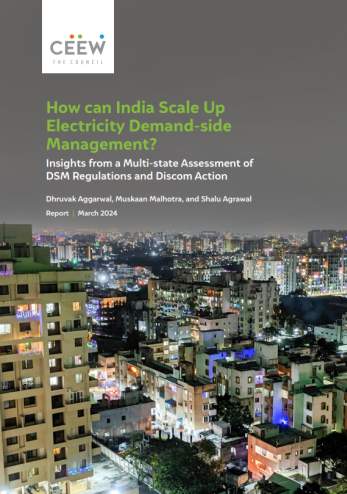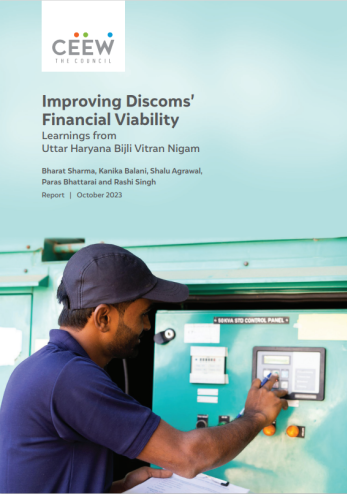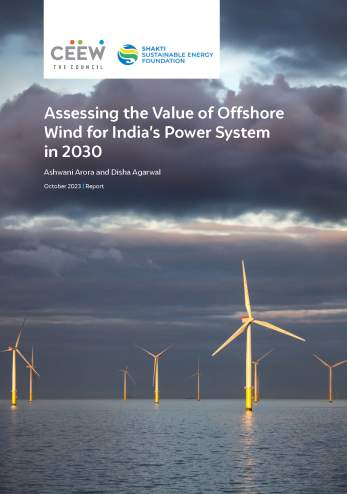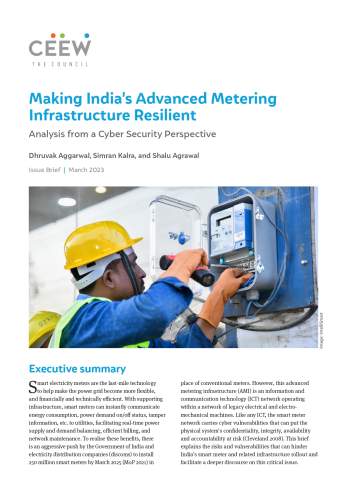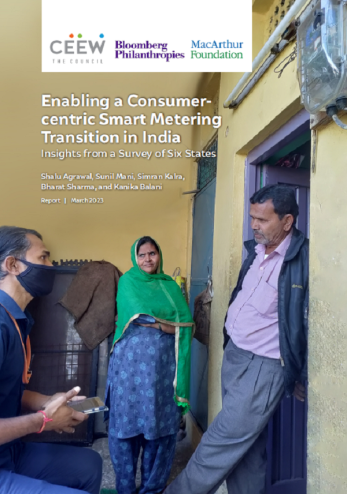Report
Electricity Consumers and Compliance
Trust, Reciprocity, and Socio-economic Factors in Uttar Pradesh
Karthik Ganesan, Kapardhi Bharadwaj, Kanika Balani
February 2019 | Power Markets
Citation: Karthik, Ganesan, Kapardhi Bharadwaj, and Kanika Balani. 2019. Electricity Consumers and Compliance: Trust, Reciprocity, and Socio-economic Factors in Uttar Pradesh. New Delhi: CEEW.
Overview
With the government announcing 100 per cent household electrification in Uttar Pradesh (UP) under Saubhagya scheme, newly connected households are likely to place greater financial burden on electricity distribution companies (discoms) due to poor metering, infrequent billing, and inefficient collection of dues. In an attempt to improve the discom-consumer relationship, this study looks at the commercial losses attributed to domestic consumers, captures the consumer perspective and proposes a policy roadmap for sustaining reliable electricity supply in the state.
This study is based on our survey, conducted in collaboration with the Initiative for Sustainable Energy Policy (ISEP) in the summer of 2018, covering 1,800 households in 90 villages (rural) and 90 wards (urban) in UP. The study also proposes a policy roadmap to help discoms prioritise their strategies for ensuring 24x7 electricity in Uttar Pradesh.
Declining efficiency from supply to collection

Key Findings
Power Supply and Consumer Satisfaction
- The duration of power supply has improved to 17 hours and 12 hours in urban and rural areas, respectively.
- The gap between availability and requirement is highest in the evening hours (5-8pm) and night (8-11pm) for both rural and urban households.
- 83 per cent of urban consumers and 63 per cent of rural consumers expressed satisfaction with the discom’s service when supply is available post-sunset.
- The rural unmetered household consumption for UP’s five public discoms is 36 per cent of the total households’ consumption. However, expected revenue from these unmetered households is only 8 per cent of the total revenue anticipated from the total household consumption.
Metering and billing
- Only 39 per cent of Uttar Pradesh’s households are metered, billed, and pay their electricity dues.
- Only 45 per cent of rural households and 90 per cent of urban households are metered in UP.
- The rural unmetered household consumption for UP’s five public discoms is 36 per cent of the total households’ consumption. However, expected revenue from these unmetered households was only 8 per cent of the total revenue anticipated from the total household consumption.
- About 77 per cent of rural consumers and 40 per cent of urban consumers who are not billed monthly do not believe their bill is based on meter.
- Billing is more difficult in rural areas than in urban areas because households are dispersed over a larger area, which raises the administrative costs of manual meter reading and issuance of bills, and because discoms lack the manpower.
- When billed frequently, rural households pay their dues just as much as urban households do. Rural consumers are no more wilful defaulters than are urban consumers.
- Consumers who are billed frequently are 57 per cent more likely to pay on time and 72 per cent more likely to pay in full than consumers that are not.
Consumers facing infrequent billing are less likely to make complete payments
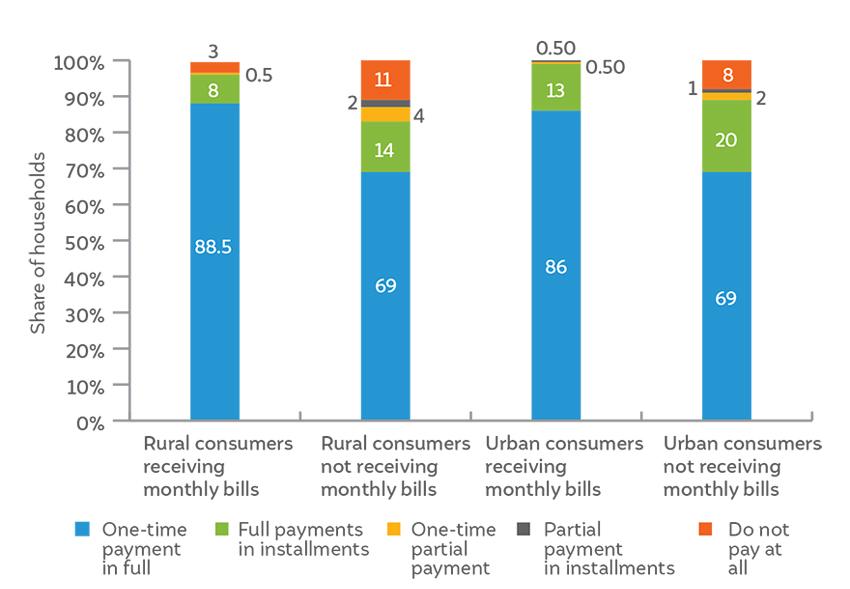
Consumer Perception on Electricity Theft
- 84 per cent of rural and urban consumers believe that hooking of wires (katiya) is unacceptable.
- Only 52 per cent would choose warning as punishment for anyone using a katiya, against fines or jail term.
- Only five per cent would choose any severe punishment.
- Consumer trust in the utility and its actors is low – less than 20 per cent of consumers trust these entities.
When billed frequently, rural households pay their dues just as much as urban households do. Rural consumers are no more wilful defaulters than are urban consumers.




